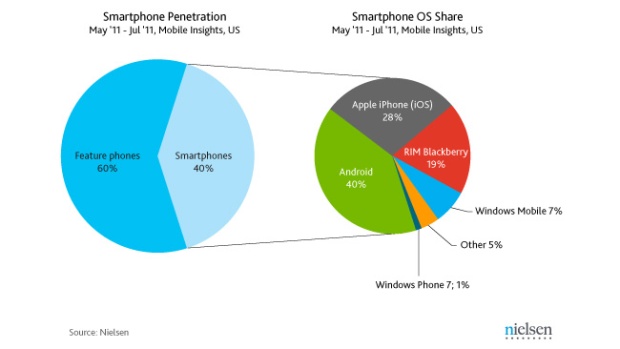Every day, marketers strive to find creative ways to reach their audiences. One of those creative methods is Guerrilla Marketing. Wikipedia defines guerrilla marketing as: “an advertising strategy in which low-cost unconventional means (graffiti, sticker bombing, flash mobs) are utilized, often in a localized fashion or large network of individual cells, to convey or promote a product or an idea.”
Typically, if done well, guerrilla marketing causes people to look twice and enjoy the concept presented to them. It will create a lasting impression that could then be passed along by word of mouth, photo sharing, and repeat visits.
“Done poorly, guerrilla marketing can make your company look like a nightmare. Done correctly, it is one of the single most powerful marketing tools.” – Erik Hauser, Founder and Creative Director, Swivel Media
As mentioned in the quote above, a poorly executed ad could diminish your brand. For example: in an effort to promote a cartoon television show called “Aqua Teen Hunger Force”, the broadcasters placed several LED signs across Boston in 2007. Even though it seemed to raise awareness, the broadcasters forgot to notify the authorities of the purpose of these signs. As a result, these complex-wired signs were suspected to be bombs, and taken down by the state police. Turner Broadcasting had to pay millions of dollars to homeland security to solve the problem. See the picture below:

Boston Guerrilla Bomb Scare
The major advantages of guerrilla marketing are high exposure and significant long-term impressions. High exposure can also become a major disadvantage if the ad was done wrong. People are more likely to repeat negative comments than positive ones, therefore, they are more likely to tell their friends about a poorly executed ad. In order to avoid negative exposure, intensive market research should be taken into account, prior to putting a guerrilla ad on display.
As for local guerrilla marketing, I was able to witness one at Winterlude in Ottawa two years ago:

Rogers/Samsung Ice Phone at Winterlude 2010
This is an effective way to market Rogers and Samsung brands in a high traffic area. It creates a lasting impression because festival attendees can take photos of each other in the phone and share it with friends. It gets passed along by word of mouth. Also to the left of the photo, you can see a few phones frozen into the ice-wall, as a part of the display.
A few other examples of effective guerilla marketing include a coffee cup promoting a plastic surgeon’s business, a street ad promoting National Treasure the movie, and a lamp post promoting McDonald’s free coffee day. All of them are successful in generating awareness and lasting impressions. Take a look:

Free Coffee Day at McDonalds

National Treasure Guerrilla Marketing

Plastic Surgery Coffee Cup
Guerrilla Marketing really captures our attention and helps us appreciate the ad much more than just a regular print ad or commercial. We can relate to them, and in turn want to share them with others. Even if we don’t purchase what is being advertised, its all about awareness. I’d like to see more marketers advertise like this here in Ottawa in the not to distant future. Lets give them something to talk about.
Sources:
http://www.experientialforum.com/content/view/35/48/
http://weburbanist.com/2009/05/06/12-extremely-effective-guerrilla-marketing-stunts/
http://weburbanist.com/2008/05/06/5-great-examples-of-guerilla-marketing-gone-wrong-from-olympic-fumbles-to-bomb-scares/
http://en.wikipedia.org/wiki/Guerrilla_marketing
http://www.creativeguerrillamarketing.com/guerrilla-marketing/the-80-best-guerilla-marketing-ideas-ive-ever-seen/








